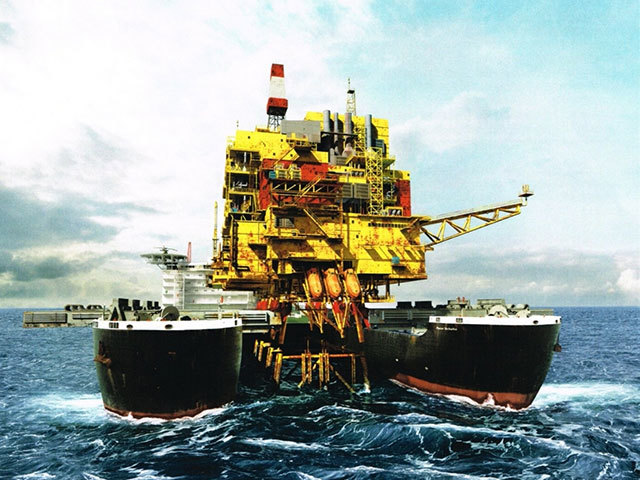
Pieter Schelte, the biggest vessel in the world, is to be completed in the port of Rotterdam. Owner and designer Allseas says the plan is for this multi-function maritime behemoth to arrive from South Korea at the end of this year.
Final assembly will take place in the Alexiahaven. The inner lake of Maasvlakte 2 currently provides the necessary space. A special pit will be dredged there for the vessel.
Among the systems to be installed will be the 65m-long beams of the topsides lift system. The lifting beams are being constructed in Italy and will be transported by ship to the Netherlands.
Pieter Schelte measures 382m length overall by 124m breadth and will have an air draft of about 30m when completed. Fully loaded displacement tonnage is expected to come in a little under 900,000 tonnes.
The vessel is primarily intended for installing and removing topsides and jackets of large offshore oil and gas platforms in a single lift. It will feature the largest and most sophisticated motion compensated handling system ever developed.
Its effectiveness will be critical to the success or otherwise of this astonishing maritime enterprise that started with the idea of tying two converted oil tankers together to create the world’s largest catamaran.
At the bow of the purpose-designed and built Pieter Schelte is a slot, where topsides are lifted, while steel jackets will be hauled at the aft end utilising a pair of “portal” cranes and tilting beam system.
The vessel will be capable of lifting platform topsides weighing up to 48,000 tonnes and jackets up to 25,000 tonnes. Together with a much larger sistership, which will also be built in South Korea, the Pieter Schelte will revolutionise offshore decommissioning, especially in the North Sea where Energy predicts that operators will queue to make use of the Allseas service.
The Pieter Schelte will also be equipped for laying large pipelines and, with her capacity, will be the largest pipelay vessel as well. In this mode it will have a designed tensioning capacity of 2,000 tonnes and be fitted with a 170m-long stinger frame for launching pipework as it is assembled
The ship is controversially named after Pieter Schelte Heerema, the late father of Allseas founder, Dutchman Edwin Heerema.
Pieter Schelte served in the German SS in World War Two and the choice of his name for the ship provoked outcries from politicians and Jewish groups, reviving painful questions about Dutch collaboration with Nazi occupiers.
Edwin Heerema’s wishes prevailed.
Allseas describes itself as world leader in offshore pipeline installation and subsea construction. The company employs over 2,500 people worldwide and has installed over 18,000km of subsea pipelines.
Recommended for you
